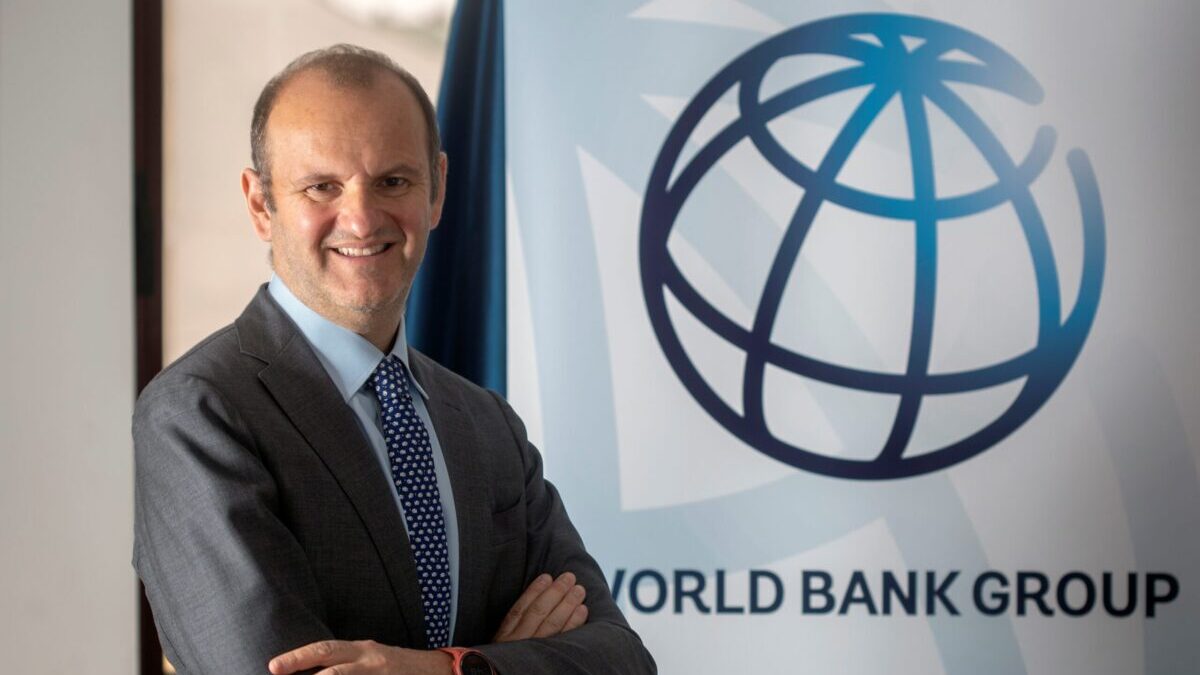
With the markets and the economy seeing continued effects from the COVID-19 pandemic, many investors are turning their attention toward 2022. Which trends and concerns could shape the investment landscape in 2022?
Despite continued uncertainties related to COVID-19, global FDI flows in 2021 recovered to pre-pandemic levels. The global outlook for 2022 is mostly positive, but there are substantial downside risks related to the vagaries of the pandemic; a challenging policy environment considering a limited fiscal space compared to the pre-pandemic period and persistent inflationary pressures; and rising costs of critical inputs like raw materials, energy and transport. The pandemic also exposed the fragility of global supply chains, with suppliers scattered across multiple countries and continents. In this context, and given prevailing nearshoring trends, the post-COVID environment can create opportunities for Serbian companies to further link with and benefit from global and regional value chains. Serbia has already established itself as the leading investment destination in the region. However, to further build on this positive trend, Serbia needs to improve its business environment, strengthen the rule of law, ensure stability in providing critical inputs such as electricity and gas, strengthen the skill of the labor force and the quality and productivity of domestic firms.
How would you rate the overall impact of the crisis on the Serbian economy and which direction should we take to overcome consequences and continue with the growth?
It is estimated that Serbia’s GDP contracted by an annual 0.9 percent in real terms in 2020, because of the impact of the COVID-19 pandemic and related lockdowns. However, the deployment of a timely and sizeable fiscal stimulus package – corresponding to 11.6 percent of GDP – limited the depth of the recession. In early 2021, the Serbian authorities implemented another stimulus package, amounting to 4.2 percent of GDP. As a result of domestic economic policy, and on the back of global economic recovery, the Serbian economy grew at around 7 percent in real terms in 2021. Looking forward, Serbia needs to pursue a more ambitious set of structural reforms to remove remaining bottlenecks that hamper faster economic growth. Some of the priority areas include the energy sector; transport and trade facilitation; education, across all levels; and delivery of services by local governments and utility companies